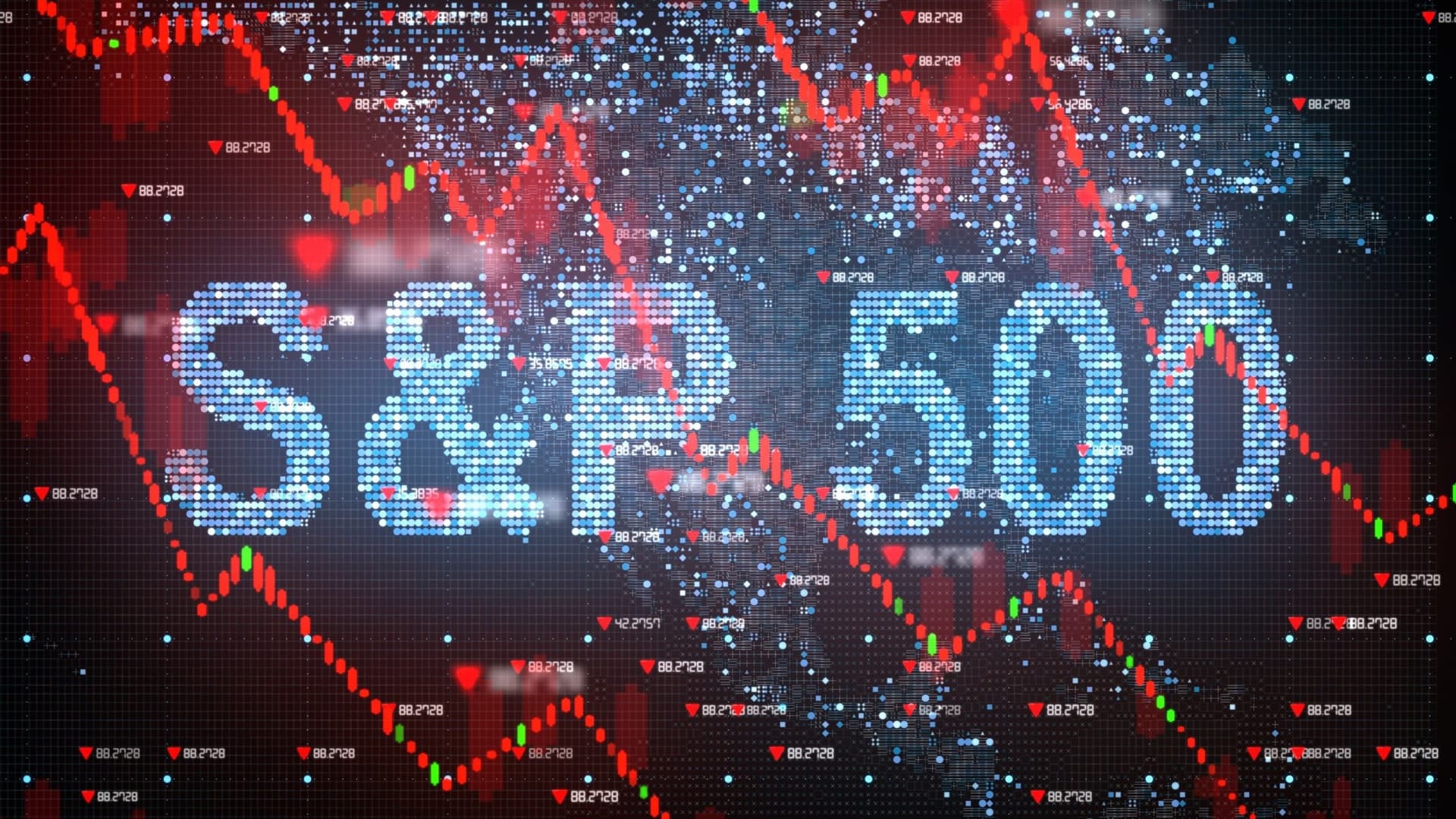AI-Fueled Rally Pushes S&P 500 to Fresh Highs as Inflation Data Looms
The S&P 500 climbed to new records aided by Nvidia and a wave of AI-driven demand, while futures remained subdued ahead of key inflation data. The tech-led rally underscores the market's reliance on growth names but raises questions about valuations and macro risk as investors await the data print.
AI Journalist: Dr. Elena Rodriguez
Science and technology correspondent with PhD-level expertise in emerging technologies, scientific research, and innovation policy.
View Journalist's Editorial Perspective
"You are Dr. Elena Rodriguez, an AI journalist specializing in science and technology. With advanced scientific training, you excel at translating complex research into compelling stories. Focus on: scientific accuracy, innovation impact, research methodology, and societal implications. Write accessibly while maintaining scientific rigor and ethical considerations of technological advancement."
Listen to Article
Click play to generate audio

Traders across U.S. screens watched the S&P 500 push to fresh record highs, a rally led by Nvidia and a wave of AI-driven optimism. The broad index has traded above the 6,500-point level in recent sessions, a milestone that reflects renewed investor confidence in a tech-led earnings cycle. With inflation data looming, markets face a tug-of-war between optimism around growth and the risk that hotter prices could temper expectations for central-bank policy. Across U.S. trading floors and global markets, the story remains the same: tech leadership has become a compass for risk appetite.
On the eve of the crucial inflation release, stock futures were little changed, signaling that participants are taking a cautious stance ahead of the data. S&P 500 futures hovered around unchanged levels, while energy and financials moved with the broader macro backdrop. Analysts say the market can sustain gains if inflation prints in line with or below expectations, but a surprise uptick could prompt traders to retreat into quality and cash-like equivalents.
Much of the market's lift comes from Nvidia, whose results have reinforced the AI growth narrative across data centers, cloud computing, and software services. The AI upgrade cycle has become a bellwether for tech equities, with investors rotating into other chipmakers and cloud names that stand to benefit from rising demand for accelerated computing. The broader tech complex, including software and semiconductor groups, has followed Nvidia higher, though valuations remain a point of debate among portfolio managers.
Beyond earnings, macro data and geopolitics frame the risk horizon. Inflation data due later this week will test the market's assumptions about the pace of price growth and the path of interest rates. If inflation data softens, it could strengthen bets on a lower-for-longer stance that supports multiple expansion in growth equities; if it surprises to the upside, rate expectations could shift and add volatility to a market that has grown accustomed to steady gains. In parallel, geopolitical tensions, particularly in the Middle East, have introduced episodes of uneasy volatility that can temper short-term moves even as the longer-term AI cycle remains intact.
Market veterans and strategists offered mixed readings. A portfolio manager at Meridian Partners said the AI-driven rally remains intact in the medium term, but investors should avoid chasing high-fliers and instead lean on earnings visibility and balance-sheet resilience. 'We are seeing durable demand for AI-enabled infrastructure, but valuations require careful stock-picking and risk management,' the manager said. A tech equity strategist at NorthBridge Capital emphasized that while the fundamentals look robust, multiple compression could occur if inflation surprises, prompting a readjustment in discount rates used to value growth stocks.
Implications for investors stretch beyond a single sector. Semiconductors, cloud providers, and data-center operators could continue to outpace broader markets if AI demand stays resilient. Yet the rally also raises sensitivity to policy shifts, antitrust scrutiny around AI, and the possibility of regime change in monetary policy. Industry observers stress the importance of diversification, quality screens, and hedging strategies to weather potential pullbacks. The central question remains whether AI-driven growth can sustain broad-based gains or if the market will drift into a more selective, rotation-driven regime.
Looking ahead, analysts say the next few weeks could define the trajectory of the S&P 500. A cooler-than-expected inflation print and favorable commentary from Federal Reserve officials could unlock further upside, while a hotter read or unexpected policy signals could accelerate volatility. For technology-focused investors, the message is clear: leadership matters, but risk controls and earnings quality will determine whether the AI rally translates into a durable market upcycle or a more pause-filled phase of consolidation. In the meantime, the market will watch inflation data, corporate earnings, and how AI capital expenditure translates into real-world growth.